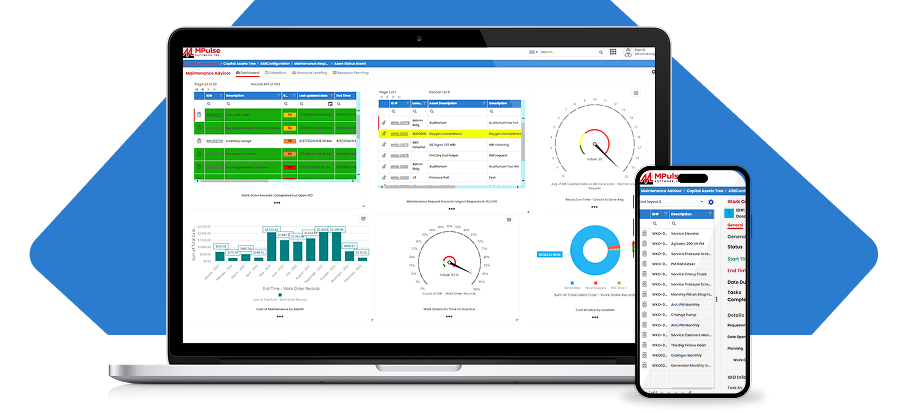Array
[related-content]
How does preventive maintenance work? In the beginning, maintenance technicians decided to do preventive maintenance (PM) on machinery to prevent breakdowns and failures.
This was a good thing.
They used the calendar, or time intervals, as the scheduling basis for PMs, mainly because it was easiest for everyone to remember. For example, “Change the light bulb the first of every month.”
Things were good.
However, tasks tended to stack up on the first of the month as volume grew. So schedules needed to be staggered and juggled to match available resources.
This was confusing.
Along came the chalkboard, and later whiteboards, for scheduling AND tracking future PMs.
Life was better.
But chalkboards and whiteboards couldn’t report on PM compliance, nor could they adequately track the cost of a PM program. For cost and compliance tracking maintenance managers moved to computerized maintenance management systems (CMMS). The scheduling was still calendar–based with a CMMS, but now the maintenance department could schedule, track, and report on compliance and monitor costs.
Life was good.
As the implementation of more and more PM activities increased, though, so did the cost of maintenance. There was often an inverse correlation between the amount of preventive maintenance perform and total maintenance cost. Pressure came to lengthen time increments between PMs, often from once a month to once every other month. This worried many maintenance people.
Life was confusing. More PMs, in this case, did not mean better results.
The next evolution up the PM ladder for maintenance departments was usage-based scheduling. For the most part, intervals of time are less relevant than amount of usage to failure prevention. Usage-based PM scheduling typically reduces costs and still provides compliance reporting while scheduling and tracking. Most computer systems could combine time and usage numbers.
Life was very good.
Unfortunately, both usage-based and time-based methods tended to create artificial—and often ineffective—maintenance intervals. Who can really know if a filter should be changed every 500 hours of fan operation, anyway? Sure, that may be an average interval for an average application. But we all know there are no average shops or average applications. They vary widely across a range of environments. The condition of a filter may still be good after 500 hours, or it may be restricted after 400 hours, needing replacement.
Today, maintenance intervals can be scheduled based on asset or part condition. Condition-based PM scheduling triggers PMs just before the point when system inefficiencies or failures begin to occur. Implementing condition based maintenance (CBM) allows reporting on compliance, lowers your costs, AND improves reliability.
Now life is very, very good.

